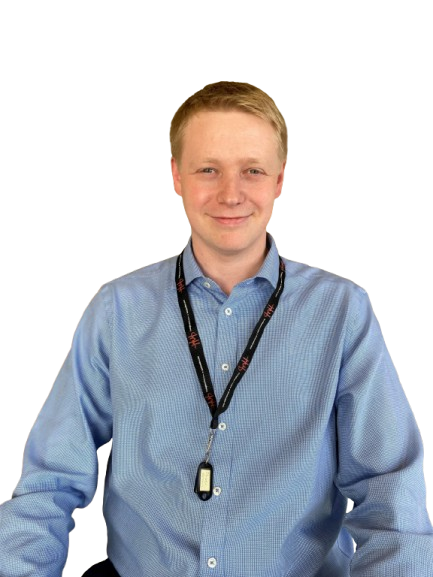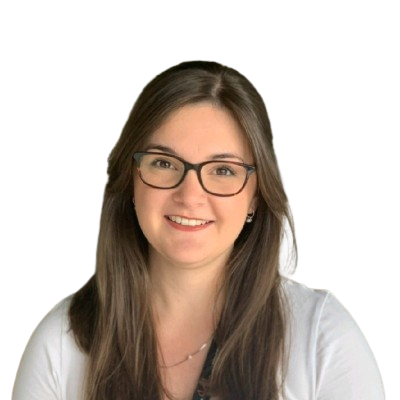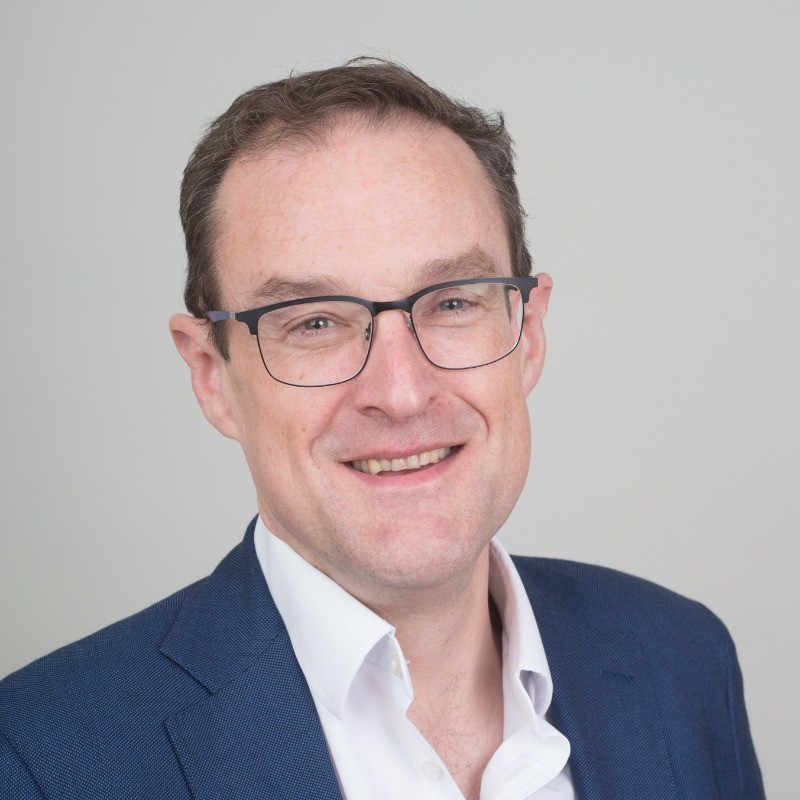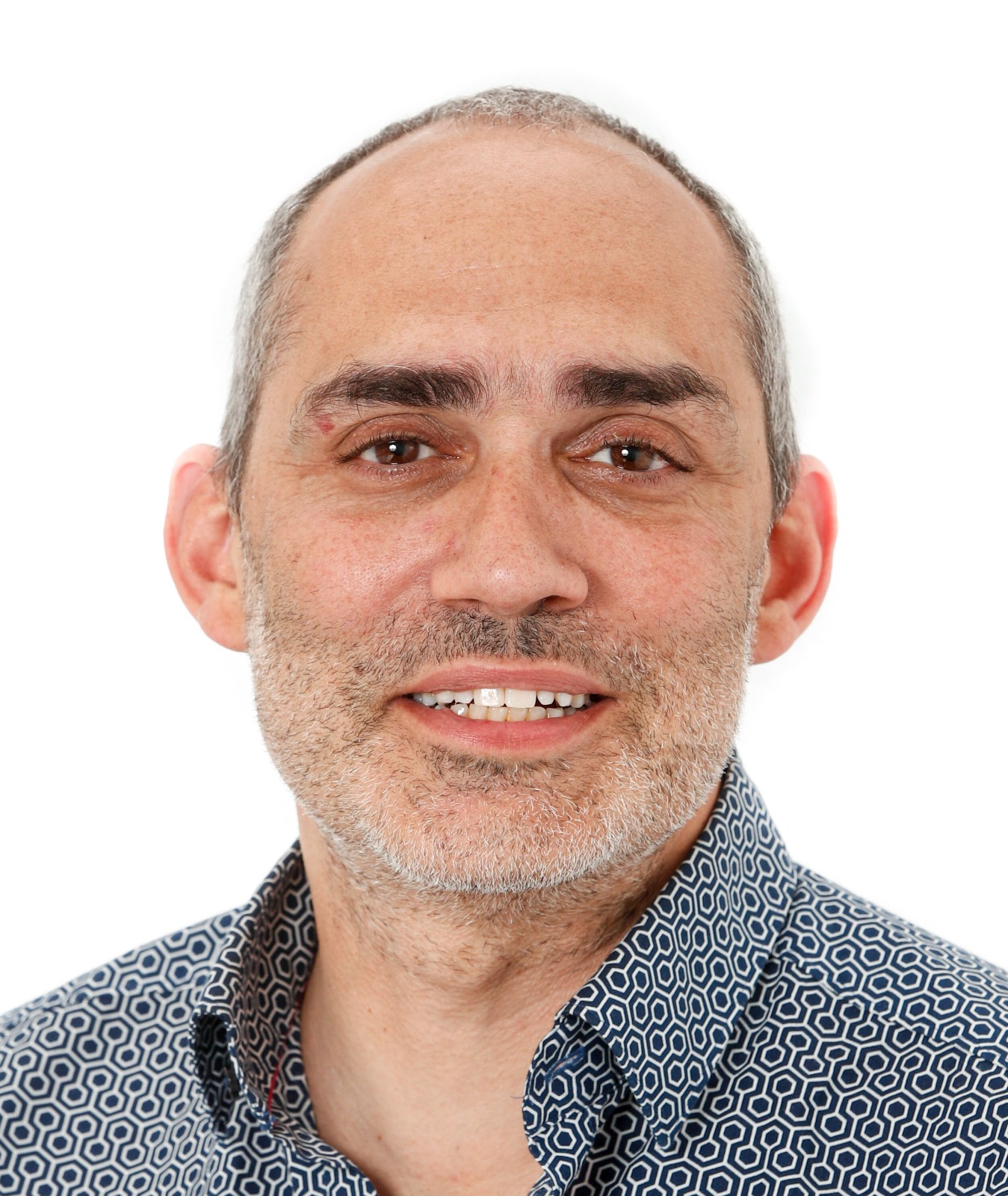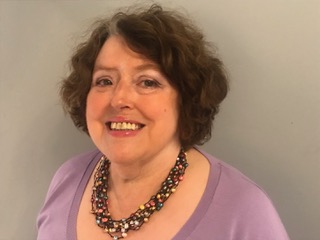ATMP Horizons at the Health Data Forum Global Hybrid Summit 2025
How advanced therapies, data systems, and global partnerships are reshaping care—highlights from our Trends House session hosted by Oliver Brown (Life Sciences Hub Wales).
Why ATMPs—and why now?
Advanced therapy medicinal products (ATMPs) are no longer a distant promise. Using genes, cells, or tissues—often as one-time interventions—they aim to correct underlying disease, not just manage symptoms. The session opened with a crisp primer from Dr Hannah Crocker (ATMP Outcomes Programme Manager, NHS Wales Joint Commissioning Committee), setting a shared vocabulary for the rest of the afternoon:
Gene therapies
In vivo: the genetic change happens inside the body (e.g., liver-targeted vectors to correct a faulty gene).
Ex vivo: cells are modified in a lab and re-infused (e.g., CAR-T for certain blood cancers).
- Non-gene therapies
- Somatic cell therapies: e.g., tumour-infiltrating lymphocytes expanded to attack cancer.
- Tissue-engineered products: cells and scaffolds to repair or regenerate tissue (e.g., knee cartilage repair).
- ATMPs bring transformative potential—especially where options are few—yet come with high upfront costs (multi-million per patient is no longer rare) and evidence uncertainties over long-term durability. Which is why, in Wales, the work doesn't stop at the infusion: it continues in the data.
Wales' blueprint: outcomes first, dashboards soon
Backed by Welsh Government and hosted by the NHS Wales Joint Commissioning Committee (JCC), the ATMP Outcomes Programme is attacking uncertainty from three angles:
-
Retrospective analyses—mining existing data to understand impact and cost (e.g., CAR-T in diffuse large B-cell lymphoma) and, crucially, to surface what's missing.
-
Prospective "desired data landscape"—embedding data capture (clinical outcomes and patient-reported measures like quality of life) into routine care, and building an ATMP commissioning dashboard to visualize access, journeys, and outcomes over time.
-
Innovative payment models—exploring pathways to make ultra-high-cost therapies financially sustainable.
In the live Q&A, Dr Ibukun Oginni-Falajiki and Dr Rachel Gemine (NHS Wales JCC) underscored two levers for success:
-
Clinical buy-in: co-design with clinical teams has been strong—vital for feasible prospective capture.
-
"Collect once, use many times": reduce duplication, automate where possible, and close the feedback loop so data returns value to teams.
Spotlight 1 — Individualized medicines at scale (Andrew Roddam, EveryONE Medicines)
How do you scale therapies that may treat a handful—or even one—patient? Dr Andrew Roddam outlined a model for antisense oligonucleotides (ASOs) tailored to ultra-rare, often pediatric, genetic diseases:
-
From diagnosis to drug in ~2 years (and shrinking), focusing first on tractable mechanisms (e.g., splice switching, allele-specific knockdown).
-
Regulatory evolution is key: the UK's MHRA is advancing pathways for highly personalized medicines; in Europe, platform/"fixed-backbone" marketing authorizations are being explored to reuse prior knowledge across variants.
-
Master "basket" protocol: a multinational trial framework that admits different patients, variants, and ASOs under one umbrella—starting at Great Ormond Street Hospital and expanding via partners.
Takeaway: technology isn't the bottleneck; ecosystems are—from regulation and reimbursement to patient-finding and data standards.
Spotlight 2 — Population genomics as ATMP fuel (Tiago Magalhães, M42, Abu Dhabi)
M42's Emirati Genome Program has already sequenced ~750,000 people, pairing long-read and short-read data with 10-year longitudinal EHRs. Dr. Magalhães showed how family structures and founder effects can accelerate discovery and trial-readiness:
-
A nationwide scan of inherited retinal disease (IRD) genes revealed high-penetrance variants to prioritize—and a sobering number of zero-penetrance "known" variants that shouldn't drive screening in this population.
-
By linking pedigrees, genomes, and records, the team identified novel, likely causal variants (e.g., in ABCA4 and BBS12) across multiple families—shortening routes to precision trials or ATMP referral.
The kicker: population-scale resources serve both ends of the R&D continuum—new discovery and precise trial recruitment.
Panel highlights — Rules, reality, and representation
Joining Roddam and Magalhães, Dr Michelle Lam (MHRA) and Linda Galbraith (patient leader) surfaced the fault lines—and the fixes.
-
Regulatory fit-for-purpose: Some modalities (e.g., ASOs, mRNA immunotherapies) don't map cleanly to legacy categories. MHRA is updating classifications and, through a new rare disease consortium, co-designing evidence pathways for "n of few". Global harmonization (ICH/ICMRA dialogues with EMA/FDA) matters for small populations spread across borders.
-
Equity and access: ATMPs are expensive, and genomic datasets are uneven globally. Momentum from companion diagnostics could normalize sequencing as standard of care for rare disease—if we invest in patient advocacy, diverse data, and sustainable payment models.
-
Patient voice: Godraith reminded us that real-world data (beyond narrow trials) can better reflect lived experience—and that ultra-rare often means ultra-isolated without multinational data networks.

What this means for Wales—and beyond
This session crystallized a playbook any health system can adapt:
-
Start with outcomes: define the measures (clinical + QoL) that matter, then embed capture in care.
-
Invest in the data plumbing: dashboards, data-sharing, TREs—and design for reuse across commissioning, safety, and research.
-
Co-evolve regulation and evidence: align platform approaches (science) with platform authorizations (policy).
-
Make equity a design constraint: recruitment, datasets, and payment models must default to inclusion—or we'll widen the gap ATMPs aim to close.
These principles echo Health Data Forum's broader "Data First, AI Later" doctrine—trustworthy innovation sits on trustworthy data—and the 2025 Wales Summit theme, "Driving Change through Data Insights."
Five takeaways to carry into your next board or lab meeting
Outcomes programs are strategic assets. They derisk adoption, inform pricing, and protect patients.
Collect once, use many times. Build data capture that serves clinicians today and commissioners tomorrow.
Platform thinking wins. In science, regulation, and operations, reuse accelerates access.
Population genomics is a clinical utility. It speeds both discovery and right-patient, right-trial matching.
Patients are expert users. Design evidence and pathways with them, not around them.
Watch Live Replay
ATMP Horizons Live — Two Broadcasts on 15 October
Choose the slot that suits your time zone and join us live for ATMP Horizons at the Health Data Forum Global Hybrid Summit. We're running two broadcasts on 15 October to maximize Europe–Middle East participation—same content, fresh Q&A in each. Pick your window below and add it to your calendar.
WATCH LIVE – ATMP Horizons (Trends House Session)
Date: Wednesday, 16 October 2025
Slot 1 – Prime Overlap
12:30–13:45 London /Lisbon (UTC+1)
13:30–14:45 CEST (Madrid/Paris/Berlin, UTC+2)
14:30–15:45 Riyadh/Doha (UTC+3)
15:30–16:45 Dubai/Abu Dhabi (UTC+4)
Join live → On LinkedIn here
WATCH LIVE – ATMP Horizons (Trends House Session)
Date: Wednesday, 16 October 2025
Slot 2 – After-Work Middle East / Late Afternoon Europe
16:30–17:45 London/Lisbon (UTC+1)
17:30–18:45 CEST (Madrid/Paris/Berlin, UTC+2)
18:30–19:45 Riyadh/Doha (UTC+3)
19:30–20:45 Dubai/Abu Dhabi (UTC+4)
Join live → On LinkedIn here
References
From Uncertainty to Insight: Commissioning Advanced Therapies with Real-World Data, Dr Hannah Crocker, ATMP Outcomes Programme Manager, NHS Wales Joint Commissioning Committee


